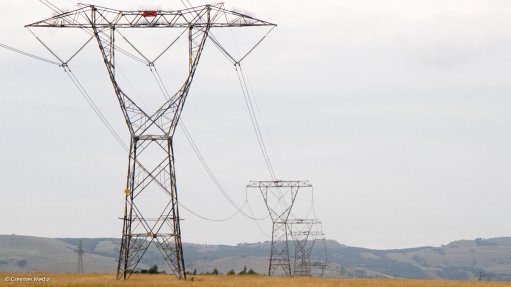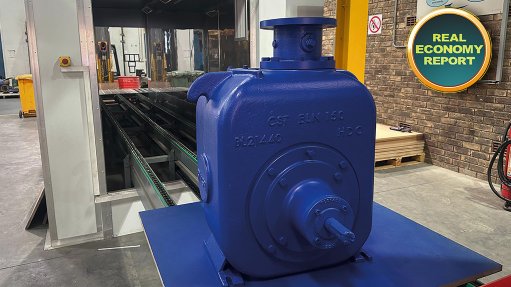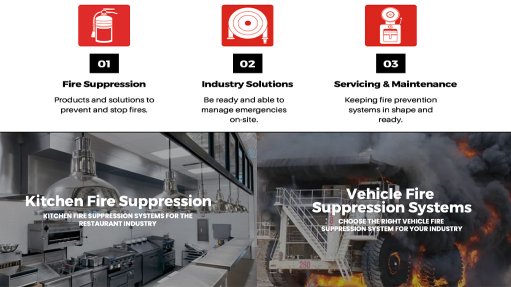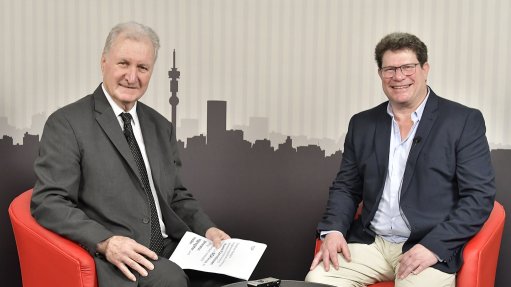Education key to address fire incidences

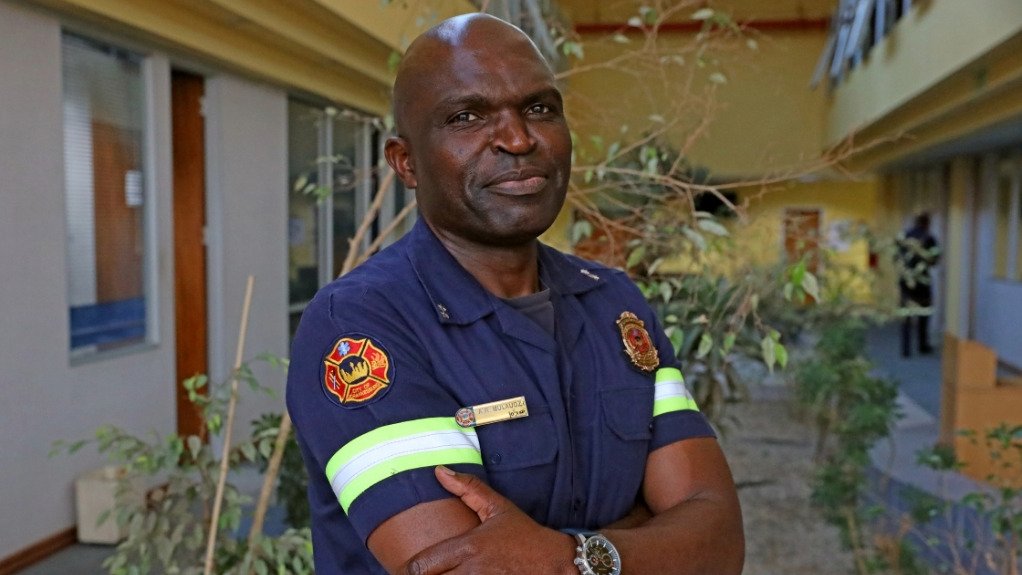
ROBERT MULAUDZI As we approach winter, the long-term results of the EMS' door-to-door campaigns throughout the informal and suburban areas of Johannesburg could lead to increased fire safety consciousness
The promotion of public education initiatives about fire prevention strategies should be a key requirement for mitigating the occurrence of fire-related incidences in informal settlements and suburban areas, highlights City of Johannesburg Emergency Medical Services (EMS) spokesperson Robert Mulaudzi.
He says the EMS’ public education unit plays an important role in helping informal communities in Johannesburg address the proliferation of fires resulting from cooking, heating and lighting activities – during which candles, paraffin lamps, stoves and open fires are used – as well as illegal connections, poorly insulated wires and damaged cables.
There is also a great need to increase access to heating devices, with the relevant regulatory approvals to effect lasting fire safety changes in informal settlements. Improving fire safety in informal settlements requires a multifaceted approach that includes factors such as ignition risks, building materials, evacuation routes and training.
“Our public education unit is very important and through this, we aim to determine the various types of fire safety risks and challenges that our communities are regularly coming across. We aim to design a programme that is specifically intended to address these challenges and encourage members in our communities to use [safer] devices such as rechargeable lights instead of candles,” Mulaudzi explains.
It is also important to build dwellings a good distance apart from one another to prevent fires from spreading rapidly, while replacing combustible construction materials, such as wood, paper, plastic and fabrics, would enhance fire and structural safety.
Further, Mulaudzi notes that residents in suburban areas usually use gas heaters and electrical stoves and, owing to this, they should ensure that they have the necessary knowledge and skills to safely manage these appliances; good practices include regularly assessing and maintaining “sound order” of appliance cabling.
As winter approaches, the long-term results of the EMS’ door-to-door campaigns throughout the informal and suburban areas of Johannesburg could lead to increased fire safety consciousness, thereby facilitating a reduction in the intensity and severity of fire incidences, with the hope that emergency response units will not be required to intervene.
“The most important factor in advancing this imperative is ensuring that communities are empowered when undertaking efforts to manage fire risks. We should have a large number of proactive fire safety inspectors and public education officials out there to spread this message.
“Following this, we need to ensure that there is a strict adherence by informal communities to fire safety bylaws, thereby creating a culture of responsible behaviour in relation to fire safety,” he adds.
Urbanisation Challenge
Urbanisation presents significant fire safety challenges, owing to factors, such as unpoliced wildland-urban interfaces, as municipal capacity is limited. This can lead to an increase in fire incidences, loss of life, injuries and economic losses.
Mulaudzi notes that the expansion of cities increases the risk of wildfires spreading into urban areas.
The EMS also has to contend with the reality that there is a lack of adequate resources and the infrastructure necessary to effectively respond to fire incidences.
In the Johannesburg central business district (CBD), fires can cause significant economic losses, business disruption and infrastructure damage.
Mulaudzi adds that so-called hijacked buildings in the CBD should be closed and handed over to the city’s development management department, as it might be possible to renovate and repurpose them, and even reinstate control by the legitimate owners. This would increase the likelihood of future residents safely occupying these buildings.
Mulaudzi regards stronger enforcement of fire safety laws and regulations, the integration of fire safety into urban planning and design, and the provision of adequate resources, as alternative strategies for addressing fire safety challenges.
Article Enquiry
Email Article
Save Article
Feedback
To advertise email advertising@creamermedia.co.za or click here
Comments
Press Office
Announcements
What's On
Subscribe to improve your user experience...
Option 1 (equivalent of R125 a month):
Receive a weekly copy of Creamer Media's Engineering News & Mining Weekly magazine
(print copy for those in South Africa and e-magazine for those outside of South Africa)
Receive daily email newsletters
Access to full search results
Access archive of magazine back copies
Access to Projects in Progress
Access to ONE Research Report of your choice in PDF format
Option 2 (equivalent of R375 a month):
All benefits from Option 1
PLUS
Access to Creamer Media's Research Channel Africa for ALL Research Reports, in PDF format, on various industrial and mining sectors
including Electricity; Water; Energy Transition; Hydrogen; Roads, Rail and Ports; Coal; Gold; Platinum; Battery Metals; etc.
Already a subscriber?
Forgotten your password?
Receive weekly copy of Creamer Media's Engineering News & Mining Weekly magazine (print copy for those in South Africa and e-magazine for those outside of South Africa)
➕
Recieve daily email newsletters
➕
Access to full search results
➕
Access archive of magazine back copies
➕
Access to Projects in Progress
➕
Access to ONE Research Report of your choice in PDF format
RESEARCH CHANNEL AFRICA
R4500 (equivalent of R375 a month)
SUBSCRIBEAll benefits from Option 1
➕
Access to Creamer Media's Research Channel Africa for ALL Research Reports on various industrial and mining sectors, in PDF format, including on:
Electricity
➕
Water
➕
Energy Transition
➕
Hydrogen
➕
Roads, Rail and Ports
➕
Coal
➕
Gold
➕
Platinum
➕
Battery Metals
➕
etc.
Receive all benefits from Option 1 or Option 2 delivered to numerous people at your company
➕
Multiple User names and Passwords for simultaneous log-ins
➕
Intranet integration access to all in your organisation








